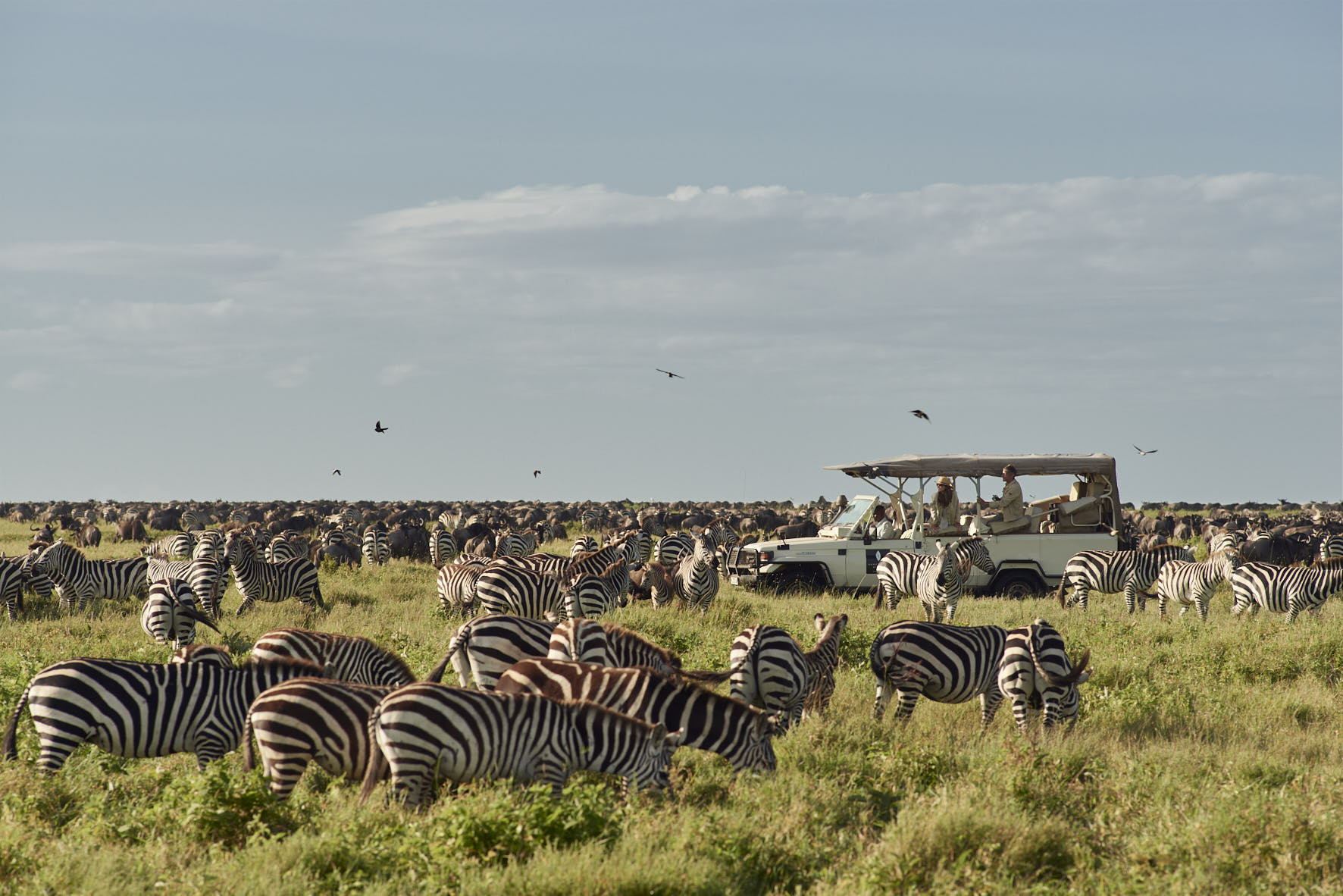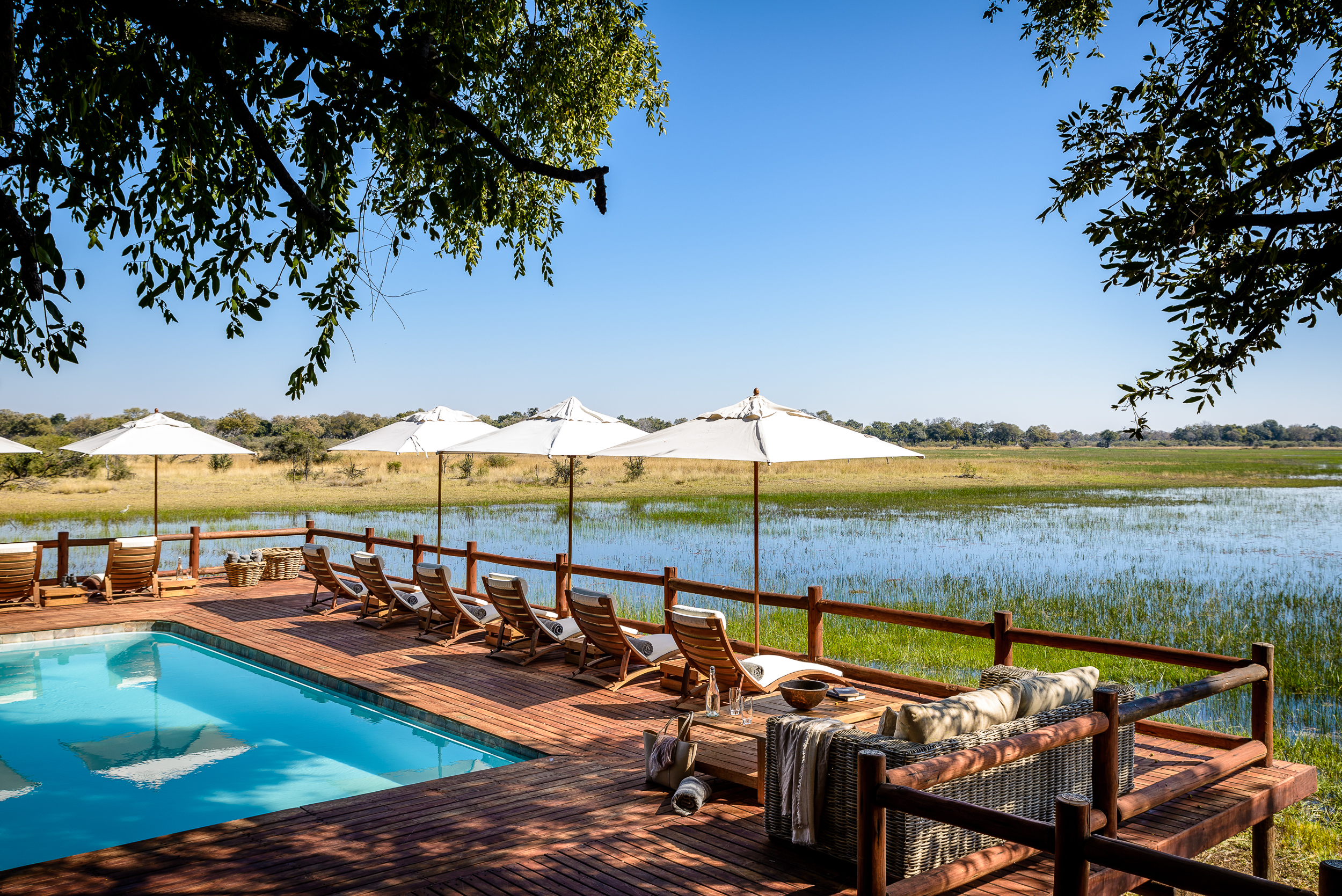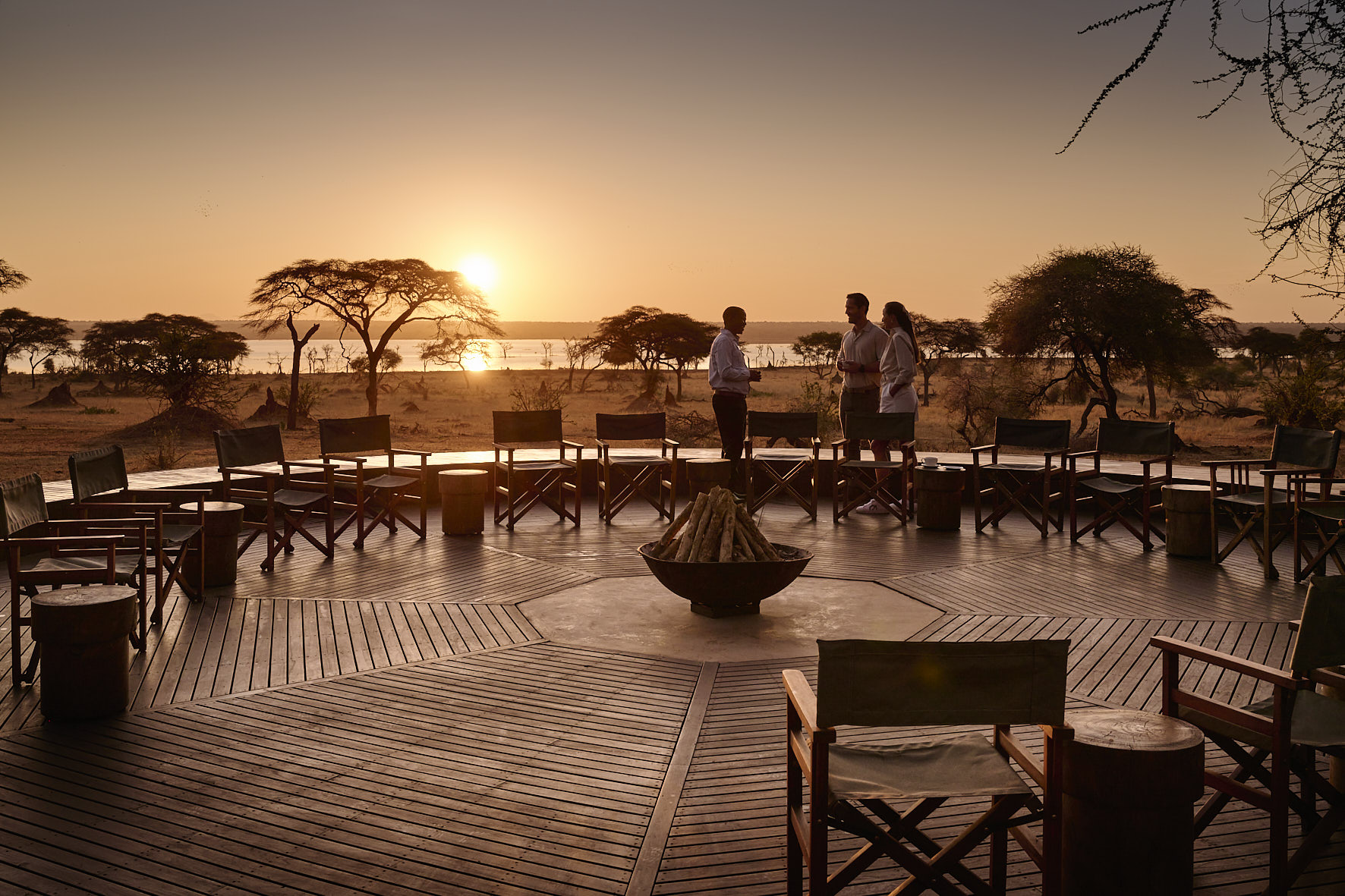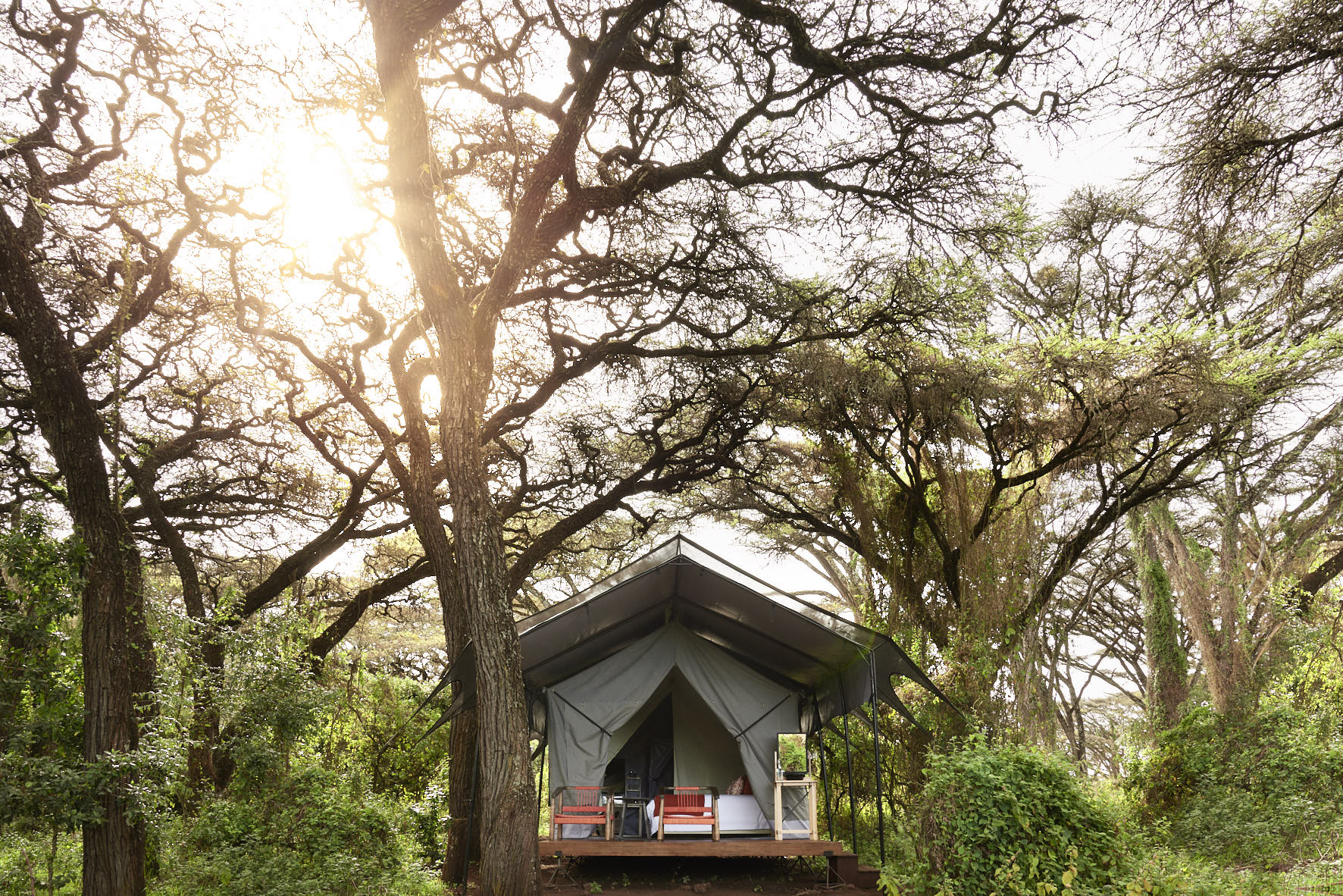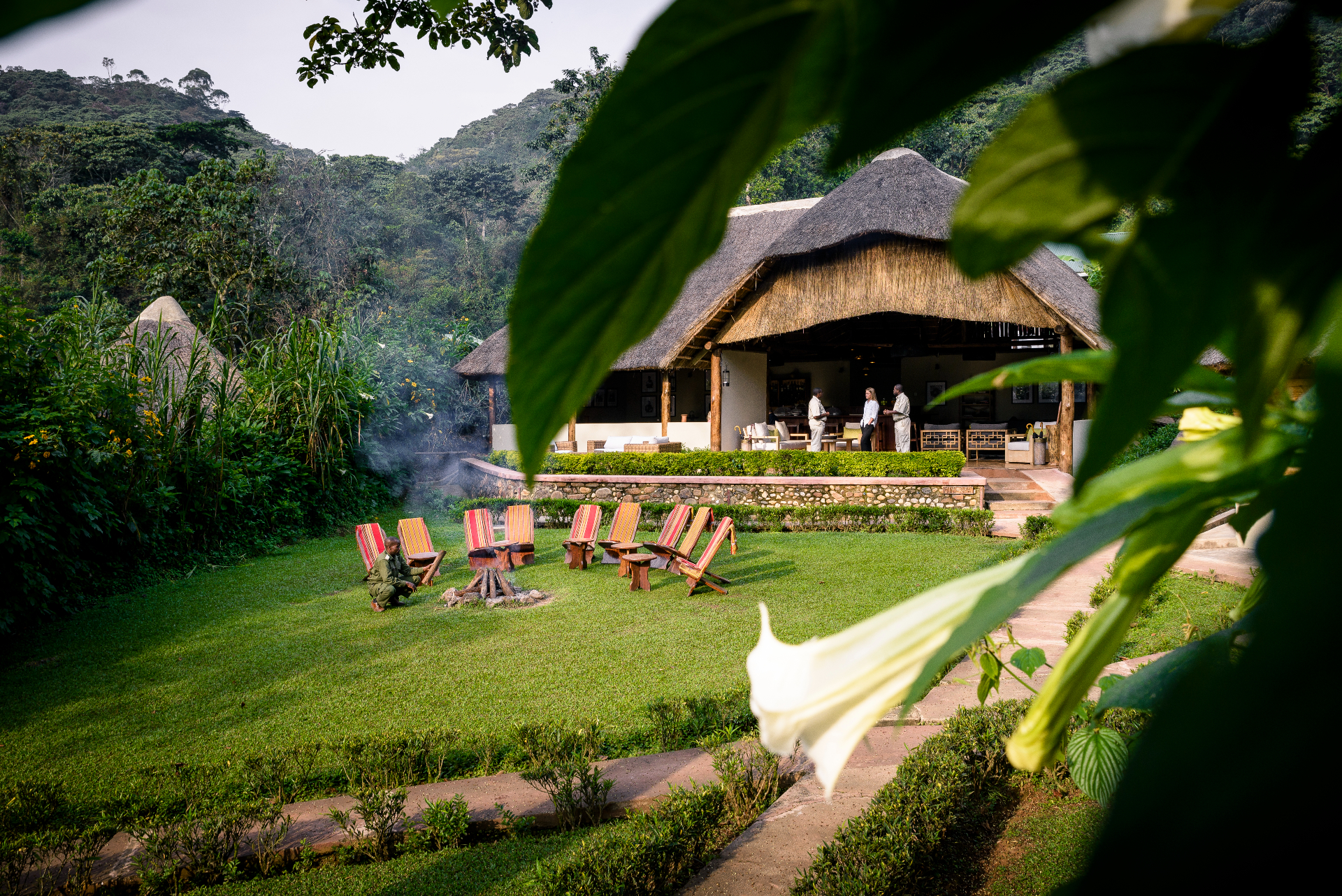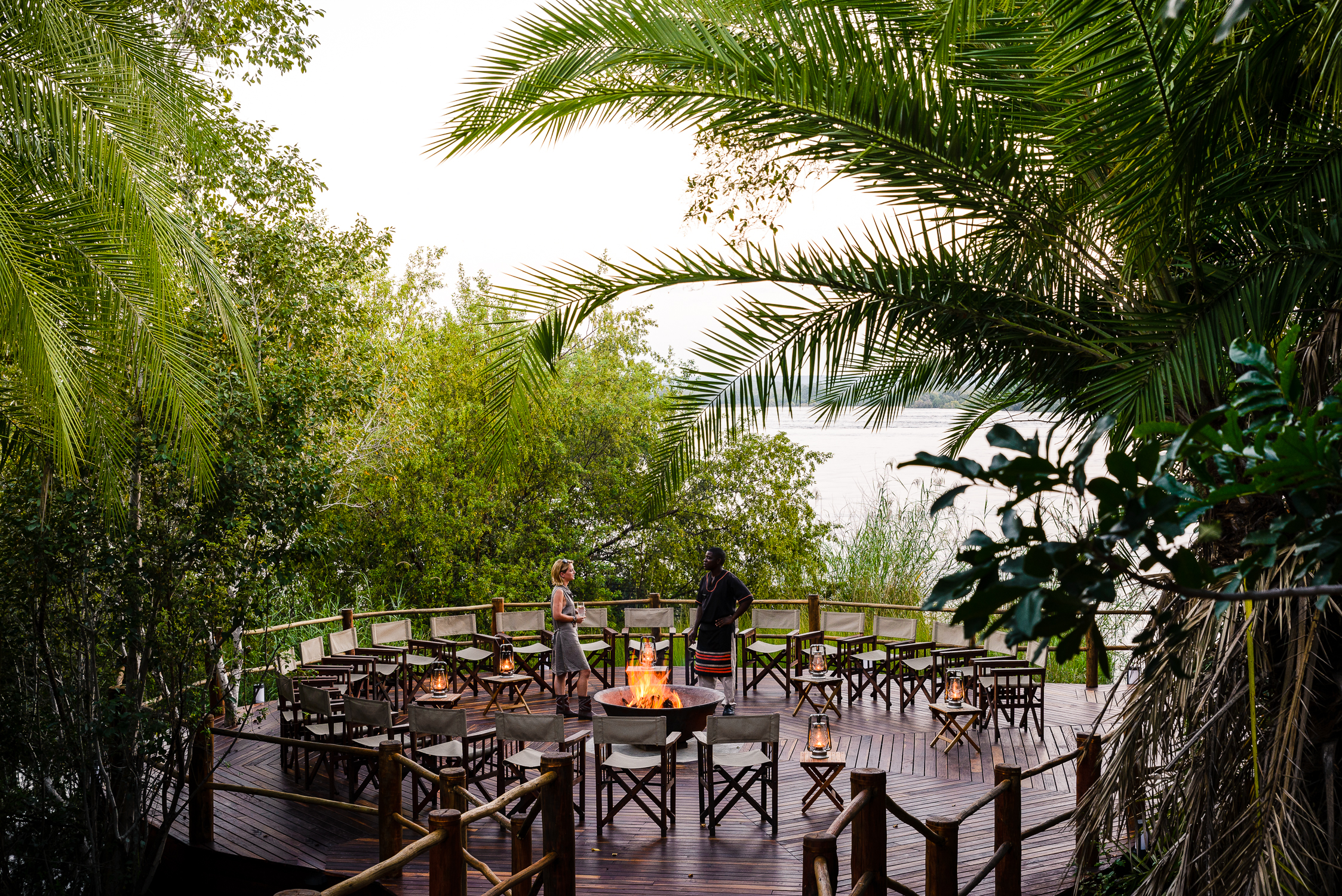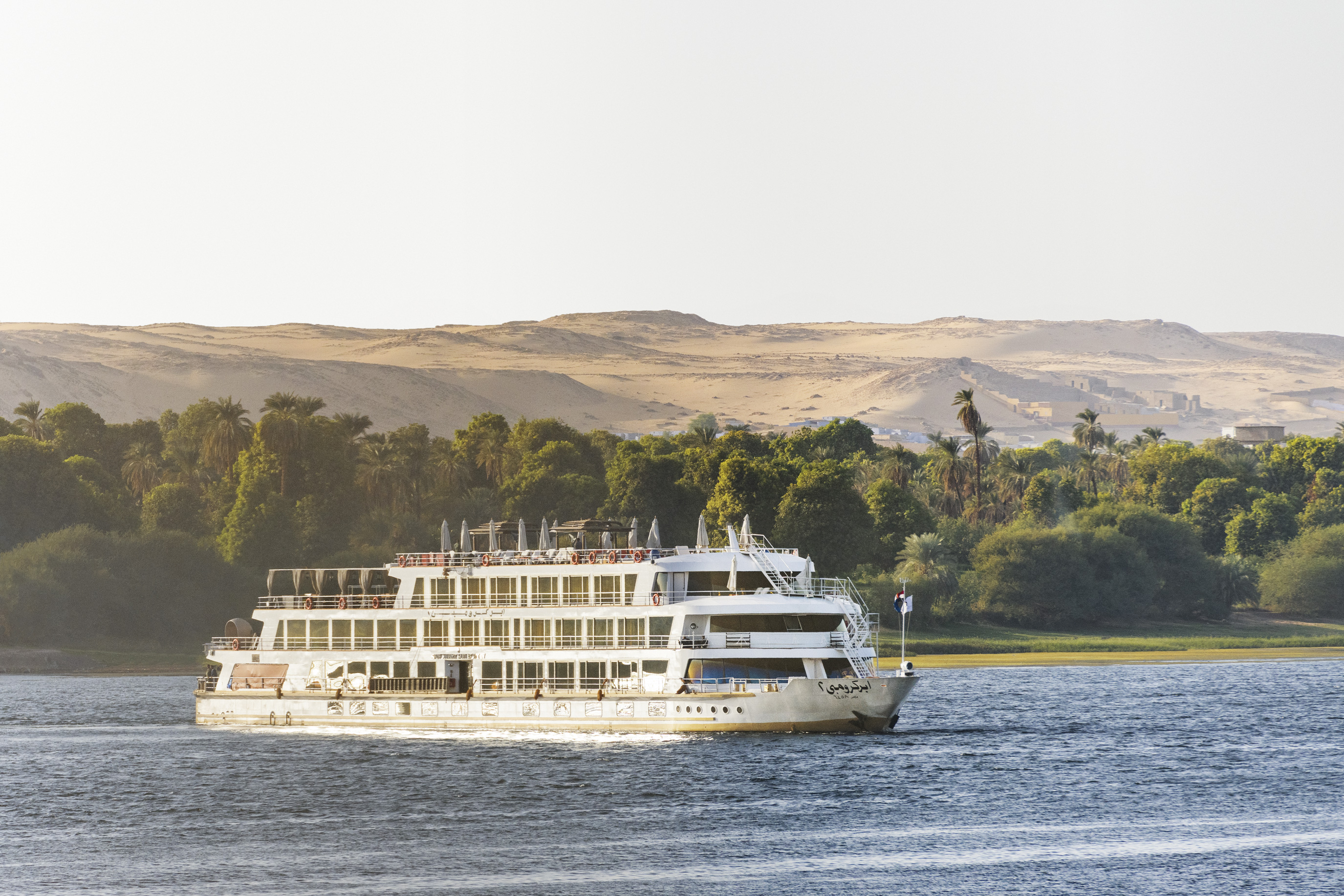
One of the most marvelled wildlife spectacles, the Great Migration occurs in East Africa and describes the yearly en masse movement of millions of wildebeest, tens of thousands of zebra and a myriad of other herbivore species. This astounding spectacle is a clock-wise circular event, a constant year-round cycle fraught with peril and emotion, driven by the mega-herds that follow the rains in search of water and abundant green grazing ground. It is a continuous story of survival not only for the herbivores but also for the predators who play a huge role in this dramatic saga. Many guests visiting East Africa will want to witness this highly sought-after experience but aren't familiar with how and when this monumental journey unfolds. Wildlife photographer Alex Roldan uses his experience and understanding of wildlife behaviour to help break down the Great Migration story so you can plan your trip accordingly.
January - March
The Great Migration calendar cycle begins in the south. During the months of January through March, giant herds of wildebeest, intermingled with tens of thousands of zebra and other plains game, are found in the Southern Plains of the Serengeti, congregating in droves throughout the Ngorongoro Conservation Area and the Ndutu and Kuisini regions. These months are the peak of calving season with thousands of wildebeest and zebra being born each day. Sanctuary Kichakani is set atop a hill, idyllically overlooking the vast plains of the sprawling Serengeti below. Visiting at this time of the year increases the chances of guests seeing newborns take their very first steps in the bush.

April - May
As April arrives, so do the heavy rains in the southern Serengeti. The rains will prompt the majority of the herds to continue their journey further west and north towards the Seronera (which encompasses the central and western corridors of the Serengeti). Some of the migrational herds, however, will linger in the southern Serengeti along with a substantial number of non-migrant wildebeest, zebra and other plains game.
June - July
In early June, more than two million animals marching in columns, sometimes up to 40 kilometres long, will move through the Western Corridor upwards towards the Grumeti River. The herds tend to congregate around the southern banks of the river system and stay for a few weeks before attempting to cross the perilous waters where crocodiles lay patiently ready to feast. The open plains of the Lamai region are incredibly beautiful and abundant with wildlife, the game-viewing opportunities are world-class. Cheetahs, lions and elephants make for fantastic sightings with the stunning backdrop of the sprawling Serengeti in every direction. Sanctuary Kichakani at this point would have moved and will be located in the Lamai area in the northern Serengeti, in plenty of time for guests to witness the migrating herds arrival.
August - September
At this stage of the year, the herds will be moving further north towards the Mara River (which crosses over the Tanzania and Kenya border). Dramatic dust clouds will be kicked up from the ground as the herds make their way down the river banks, driven by the opportunity for the abundant nourishment of the lush Mara plains. The sight and sheer magnitude of the wildebeest, as they rush into the river is guaranteed to fill you with nerves and excitement.
Next, the exhausted survivors will make their way to the open green pastures of the Maasai Mara. Here, they will be hunted, stalked and chased down by the large carnivore species. Lions (the Maasai Mara and the Serengeti are home to one of the densest lion populations left in the world), clans of hyena, leopards, and coalitions of cheetah all await with eager anticipation.
Sanctuary Olonana is located on a private stretch of forested river bordering the epic Maasai Mara meaning guests can get front row seats to the action, this is the perfect place to experience the Maasai Mara and the Great Migration in Kenya.

October - December
During the last three months of the year, the herds will need to cross the river systems again to come full circle back into Tanzania. The herd will commence their trek south and reach the Northern plain/Lobo area in late October/early November. This eastern section of the Serengeti is one of the less visited. For guests looking to see the migration in relative quietness, this would be the opportune time and place.
As the calendar year draws to a close, the wandering herds begin to return to the short-grass plains and calving grounds around the southern Serengeti regions of Ndutu and Kuisini. It is here that the migration ends, but only to begin its circle-of-life saga once more.





